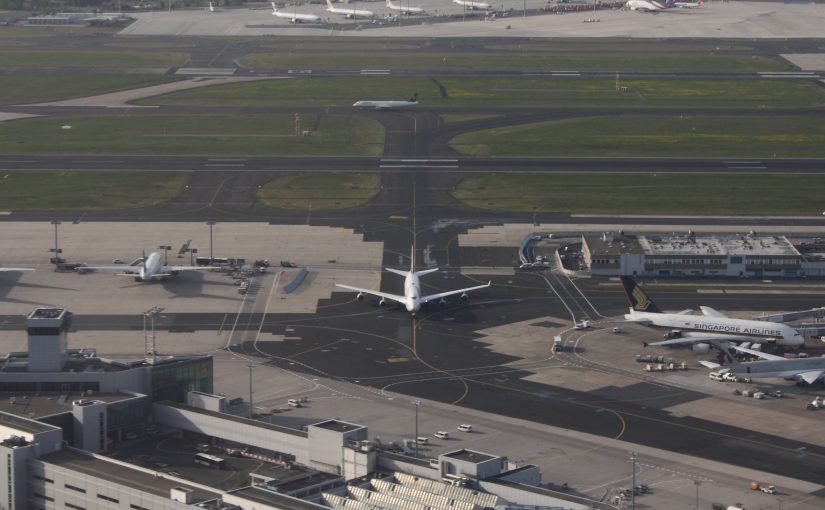Concentrations in the aviation market are characterized by different types of cooperation of airlines as an alternative to mergers. While cross-border mergers and majority acquisitions are (a) partly politically unwanted in order to protect national aviation interests and (b) partly impossible without risking traffic rights coupled to nationality, the coordination of activities is another powerful means in order to strengthen the competitive positions of airlines. The most extensive types of cooperation are so-called airlines alliances. The three biggest airline alliances (Star Alliance, oneworld and Skyteam) have a joint global market share of 76.3% based on the revenue passenger kilometres, i.e. the number of kilometres flown by revenue passengers.
The Commission still defines air transport markets on a point of origin/point of destination city-pair basis. However, these figures show that the global market is already dominated by a few airline alliances, what makes it maybe necessary to come to a new definition of the relevant market. In any case, this trend to share the market between alliances gives rise to the necessity to test the compatibility of alliances with competition law. Will cooperation really benefit all airlines and consumers? What are the advantages and disadvantages of airline cooperation? Is the distribution of limited resources fair and efficient? And which legislative and regulating measures are necessary to ensure the objectives of competition?
This essay is going to present the present legal and practical reality of aviation competition law in the Community, will show the range of cooperation forms with focus on airline alliances and will describe competitive impediments of cooperation.
Contents
1. Introduction
2. Competition within the Single Market
2.1. Community Competition Rules
2.1.1. Applicability of Community Competition Rules
2.1.2. Focus on Article 81 EC Treaty
2.2. Community Competition Practice
3. Forms of Cooperation
3.1. Pooling, Code-sharing and Interlining
3.2. Consortiums and Franchising
3.3. Alliances
3.3.1. Benefits for the Members
3.3.2. Public Benefits
4. Competitive Impediments
4.1. Slots
4.2. Ground Handling
4.3. Computer Reservation Systems (CRS)
4.4. Joint Marketing Strategies
4.4.1. Joint Pricing Policy and Predatory Pricing
4.4.2. Frequent Flyer Programmes (FFP)
4.4.3. Override Commissions
4.5. Joint Network Planning
4.5.1. Code-sharing
4.5.2. Interlining
4.6. Fortress Hubs
5. Conclusion

